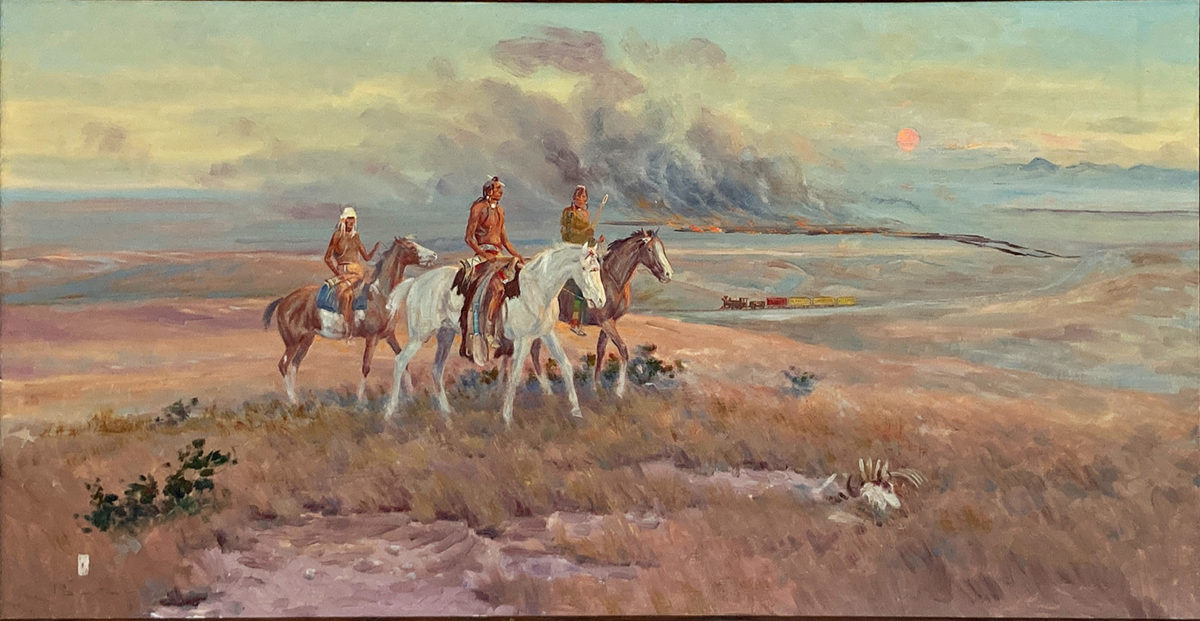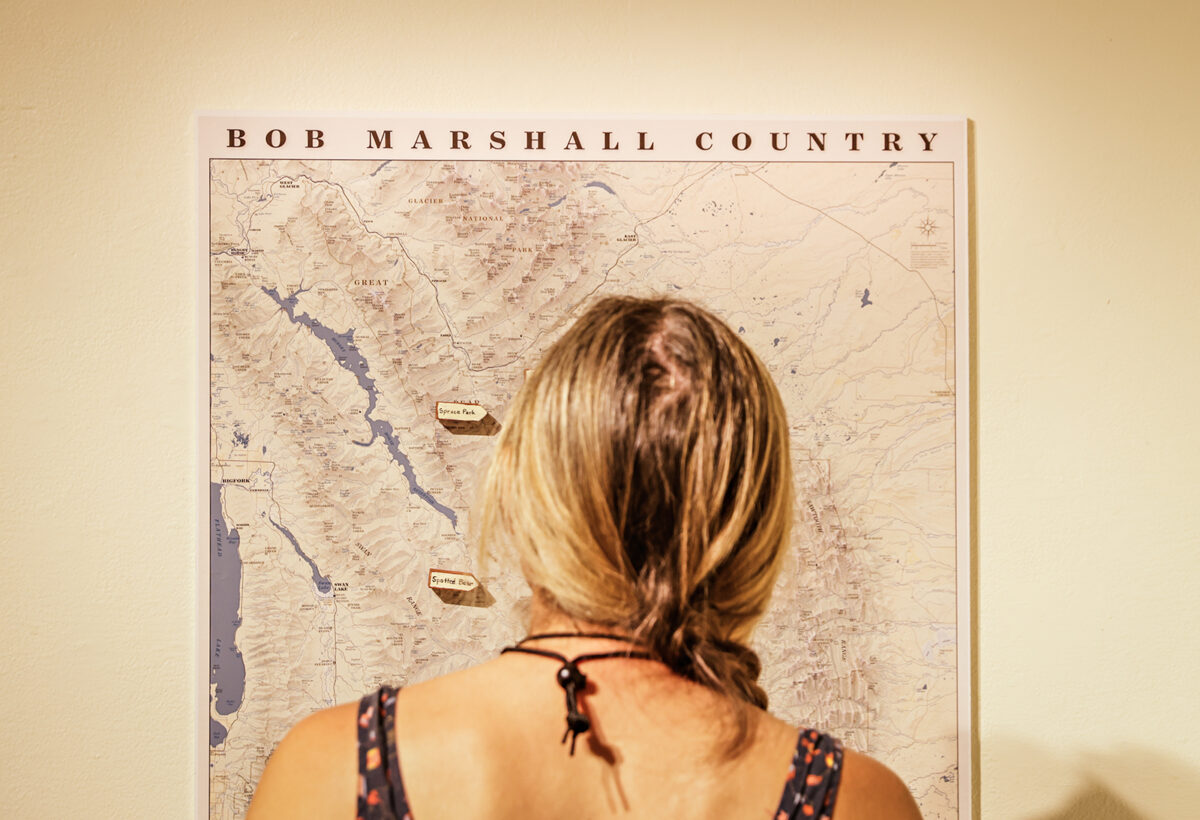On Thursday, twenty people gathered at the Hockaday Museum of Art in Kalispell to participate in a grant-funded workshop for educators that will take them to Glacier National Park and the surrounding area for a site-based, intensive learning experience about famed Montana western artist Charlie Russell.
The workshop, entitled “Charlie Russell: The Artist and His Friends in Glacier National Park,” includes guided hikes, plein air painting, field journaling, historical tours, lesson plan creation, and a series of speakers covering a wide range of topics relevant to Charlie Russell’s work. Participants will stay in cabins provided by the Glacier Institute.
Workshop presentations include “Glace Gloves and Brass Knuckles: The Life of Nancy Cooper Russell,” “The Gangs All Here/Where Will We Sleep?”, “CM Russell: Heritage and Legacy,” “Art and Impact of the Great Northern Railway on Glacier Park” and “A Blackfoot Way of Knowledge”.
In some ways, the whole concept of a peer-to-peer workshop is in keeping with the spirit of the way Russell and his wife, Nancy, spent their time at the Bull Head Lodge on Lake McDonald, where they spent summers for more than two decades. The lodge was a popular gathering place for artists, writers and environmentalists. During a tour of the Hockaday on Thursday, the museum’s education director, Kathy Martin, talked about how Russell took other artists under his wing, including Kalispell Western artist Ace Powell. As Martin told it, Powell’s signature ace of diamonds, which he used to mark each painting, actually came from an attempt to imitate the buffalo skull that the self-taught Russell had long incorporated into his own signature.

Powell was still a boy when he had the opportunity to paint with Russell and another artist friend of Russell’s, Joe De Young. De Young was one of the few artists that Russell even called a protégé, according to Martin. Powell had tried to paint exactly the same as Russell, even down to the signature of the buffalo skull. De Young compared it to branding your horse with someone else’s brand, and so the artists helped Powell develop his own signature mark.
“What he did from then until his death,” Martin said of Powell’s signature, the ace of diamonds, as she stood in front of a row of paintings by Powell, De Young and Russell.
The overall focus of the workshop is to educate participants on how to effectively use primary sources for instruction in K-12 classrooms and museums so they can bring these skills and newly acquired information back to their communities. Part of the workshop involves teaching participants how to access art and information in collections including the Library of Congress, Montana Historical Society, and Montana Museum of Art and Culture. Some of the workshop participants are locals, while others have traveled from farther away than northwest Montana, such as Georgia.
Alyssa Cordova, Hockaday’s executive director, said that while this is the museum’s first year hosting the event, she hopes they can build on it with an eye toward future programs. The workshop is funded by a grant from the Library of Congress Teaching Primary Sources. Education consultant Cheryl Hughes, who is co-leading the workshop with Martin, suggested the museum apply for it.

Speakers at the four-day workshop include Kirby Lambert, who co-authored the book “Montana’s Charlie Russell: Art in the Collection of the Montana Historical Society” with Jennifer Bottomly-O’Looney. Lambert, who lives in Helena, is now retired from his work at the Montana Historical Society.
According to Lambert, the connection to Russell for the people of Montana has something to do with the closeness to him that they feel, perhaps just a degree of distance that they feel in some cases. More generally, people are drawn to Russell’s depictions of the West, which Lambert says are based on both a romantic and a realist vision.
“I think it’s mostly because of his talent as a storyteller. The stories he tells through his art speak to people’s imaginations and give them an idea of what Montana was like,” Lambert said.
(email protected)
